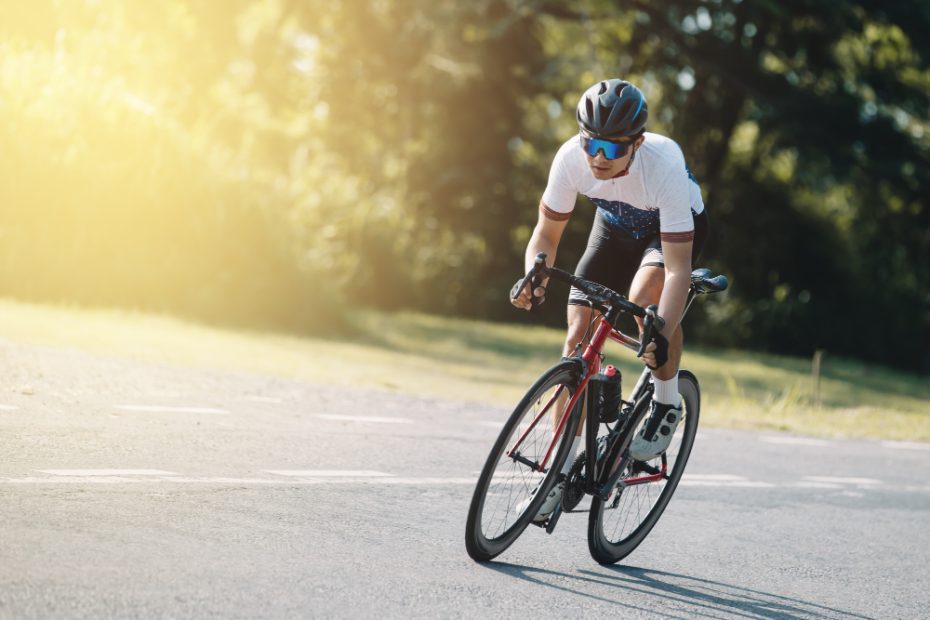What burns more fat walking or biking?
When it comes to burning fat, engaging in physical activities like walking and biking can be effective. Both walking and biking are popular forms of exercise that can help you achieve your weight loss goals. However, the question remains: which activity burns more fat? Let’s delve into the details and explore the differences between walking and biking in terms of their fat-burning potential.
Walking for Fat Loss
Walking is a low-impact exercise that almost everyone can incorporate into their daily routine. It requires no special equipment and can be done at any pace that suits your fitness level. While walking may not burn as many calories as more intense forms of cardio exercise, it can still contribute significantly to fat loss over time.
According to NHS guidelines, a person weighing around 70kg can burn approximately 314 calories by brisk walking for an hour. Walking also promotes overall cardiovascular health and helps to strengthen your leg muscles.
Additional benefits of walking include:
- Accessible to people of all fitness levels and ages.
- Low impact on joints, reducing the risk of injury.
- Easily incorporated into daily routines (e.g. walking to work or during lunch breaks).
- Improves mental well-being and reduces stress.
Biking for Fat Loss
Biking, whether outdoor or indoor on a stationary bike, is another excellent form of exercise that can aid in fat burning. Cycling requires more effort than walking, as it engages numerous muscle groups, particularly in the lower body. This increased intensity can lead to a higher calorie burn compared to walking.
The benefits of biking include:
- Higher calorie burn compared to walking.
- Engages major muscle groups, including quadriceps, hamstrings, and glutes.
- Improves cardiovascular fitness and endurance.
- Provides an opportunity to explore outdoor environments and enjoy nature.
According to the same NHS guidelines, a person weighing around 70kg can burn approximately 508 calories by cycling at a moderate pace for an hour. The calorie burn can vary based on factors such as speed, resistance, and terrain.
“Whether you choose to walk or bike, consistency and duration are key factors in achieving fat loss and improving overall health.”
Walking vs. Biking: Making the Choice
While biking generally burns more calories per hour compared to walking, it is essential to consider various factors when choosing between the two. It’s vital to select an activity that suits your preferences, lifestyle, and physical condition.
If you are new to exercise or have joint issues, walking may be a better starting point due to its low-impact nature. On the other hand, if you enjoy the thrill of cycling and are looking for a higher intensity workout, biking may be the preferred option.
Additionally, weight loss and fat burning are not solely dependent on exercise choice alone. A balanced diet, sufficient rest, and overall lifestyle habits play significant roles in achieving your goals.
Does riding a heavy bike make you stronger?
Riding a heavy bike can indeed make you stronger. When cycling on a heavy bike, you have to exert more force to pedal, which leads to increased muscle activation and strength development. The extra weight of the bike also requires your muscles to work harder, especially when going uphill or accelerating.
Benefits of riding a heavy bike:
- Improved leg strength: Cycling on a heavy bike helps build strength in your leg muscles, including the quadriceps, hamstrings, and calves.
- Increased endurance: Riding a heavy bike challenges your cardiovascular system, improving your stamina and endurance levels.
- Full-body workout: Pushing and pulling the pedals on a heavy bike engages various muscles throughout your body, providing a comprehensive workout.
Cycling on a heavy bike vs. a light bike
While riding a heavy bike has its advantages, it’s important to consider the differences between riding a heavy bike and a light bike.
Riding a light bike allows for faster speed and better agility, which can be beneficial for certain types of cycling such as racing or maneuvering in busy urban areas. On the other hand, a heavy bike can provide a more intense workout due to the increased resistance.
“Cycling on a heavy bike not only strengthens your muscles but also improves overall balance and stability.”
It’s worth noting that the strength gained from riding a heavy bike may not directly translate to other activities or sports. While it can contribute to overall fitness, specific training methods tailored to the desired activity are usually necessary for optimal performance.
Conclusion
So, what burns more fat, walking or biking? While biking may have a slight advantage in terms of calorie burn, both activities can contribute significantly to fat loss and improved fitness. The most important factor is to engage in regular exercise that you enjoy and can sustain long-term. Whether you choose to walk or bike, consistency and duration are key factors in achieving fat loss and improving overall health.
In conclusion, riding a heavy bike can certainly make you stronger. It helps develop leg strength, endurance, and provides a full-body workout. However, it’s important to consider your specific fitness goals and choose the appropriate bike type accordingly. Consult with a professional trainer or coach to create a training regimen that suits your needs and objectives.



